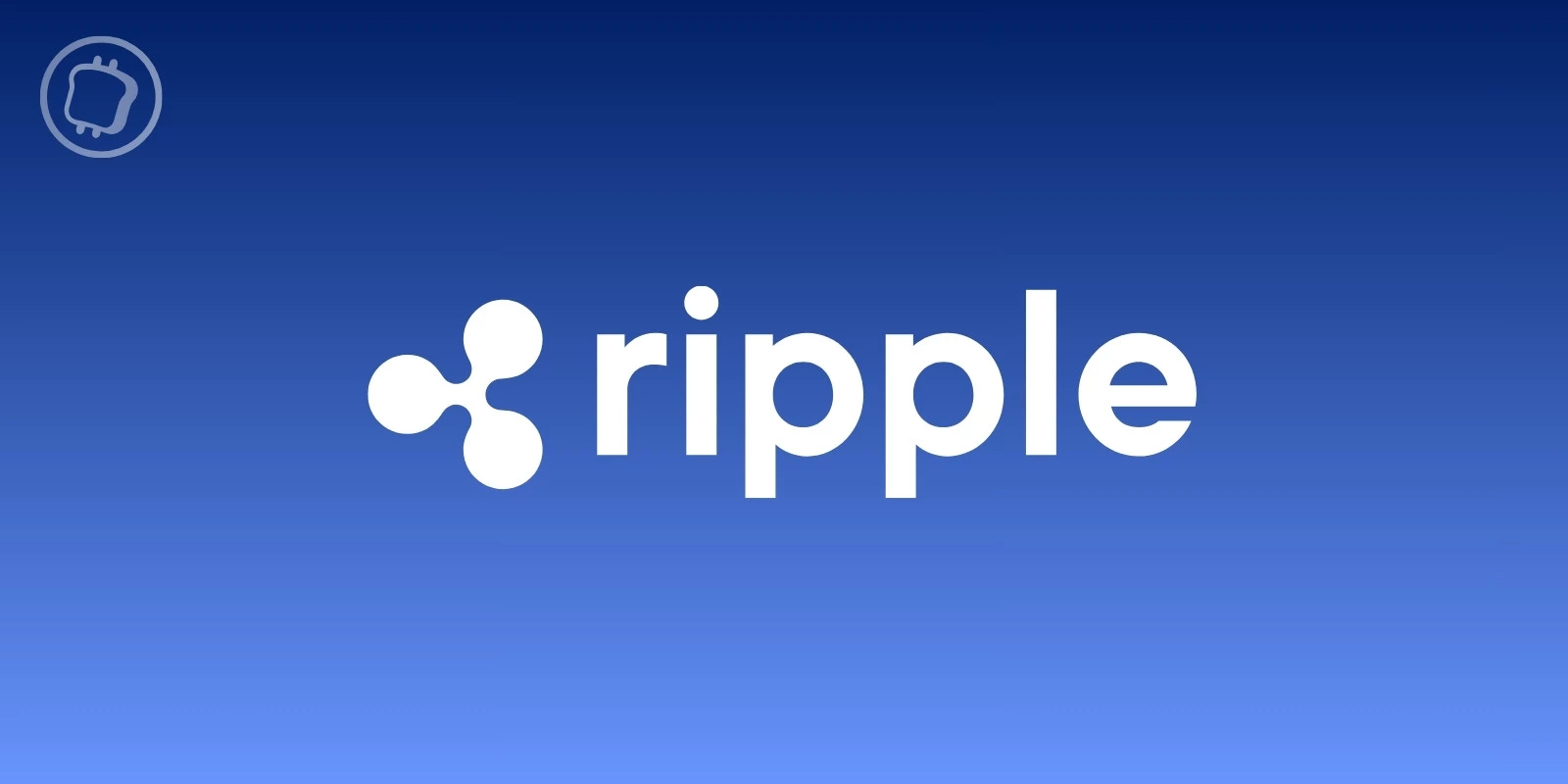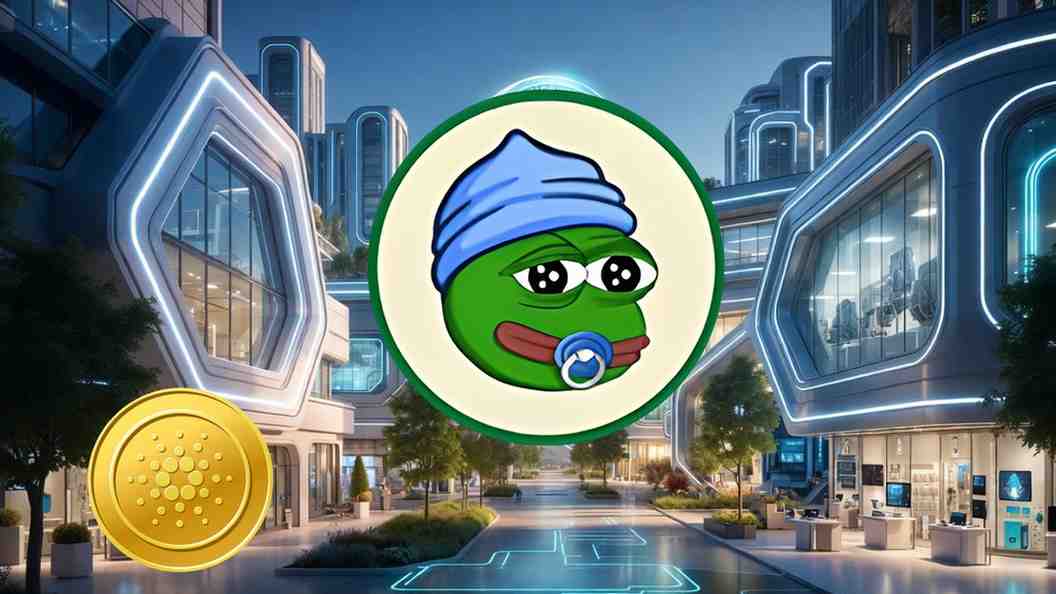What Is a Metaverse?
Rising Investment and Popularity is Driving Development of a 40-year-old Vision

Forty years ago Neal Stephenson enriched the dictionary with the term “metaverse.” In his novel Snow Crash, a virtual space is depicted as an escape hatch from a dystopian reality. Since then, many movies and video games have tried to capture the essence of this haven, which is now called the metaverse.
“The only difference is that since the Street does not really exist — it’s just a computer-graphics protocol written down on a piece of paper somewhere — none of these things is being physically built.”
The 2018 blockbuster Ready Player One depicts the metaverse as a more colorful, exciting way to live within the shambled walls of poverty ruled by an iron-fisted corporation. However, none of these metaverses shows what happens when blockchain assets are mixed into the equation.
Traditional Metaverse Ecosystem
When Facebook rebranded into Meta last December, the company provided its own definition of the metaverse.
“The ‘metaverse’ is a set of virtual spaces where you can create and explore with other people who aren’t in the same physical space as you. You’ll be able to hang out with friends, work, play, learn, shop, create and more.”
Having bought Oculus VR in 2014, it was a somewhat predictable move. Since then, Facebook’s VR dominance grew to 75%, according to Counterpoint research.
Overall, it is expected that the number of VR devices deployed in homes should rise to about 44M by 2025, which is seven times the level in 2020, according to IDC research. Interestingly, Meta invested five times in the metaverse, at $10B, than it did in buying Oculus VR itself, at $2B.
What does this mean in practice?
Creating immersive content for a VR experience is long and hard work. For this reason, Meta launched the Horizon Worlds platform, on which creators are rewarded for creating 3D assets to populate virtual landscapes. For instance, they could have tapped into a $10M Creator Fund launched last October.
Through this incentive structure and partnering up with minor VR studios, Meta’s Horizon Worlds platform grew to over 10,000 user-generated environments serving over 300k users.
In the future, those creators who sell their virtual assets using Meta will have to pay a 47.5% fee. Out of that, 30% goes to the Meta Quest Store, while the Horizon Worlds’ fee itself is 17.5%. Although this may seem steep, it is cheaper than on a competing platform also based on the same user-generated content model.
Case in point, Roblox creators get only 30% when selling virtual assets, while the platform keeps 70%.
Whether it is Horizon Worlds or Roblox, this metaverse vision is one that is a walled garden, tightly controlled. Moreover, neither one is powered by blockchain assets that can be exported and traded outside their ecosystems. Instead, they use traditional tokens, arbitrarily denominated to the dollar. For example, on Roblox, 1 Robux equals $0.35. On Meta, the official token is still speculated on, conceptualized as Zuck Bucks.
Overall, a traditional metaverse vision is nothing more than a corporate platform that implements classic incentives to attract users and content creators. This is in contrast to a metaverse as a blockchain platform.
Blockchain Metaverse Ecosystem
From Meta’s approach, we have seen so far, metaverse is a platform that enables the following:
- Personalized avatars
- Communication with other platform users, in real-time, through such avatars
- Gamified and shared interactions between avatars
- Support for user-generated content
- Monetization of virtual assets, creating a virtual economy
With these metaverse fundamentals in mind, the closest to a fully-featured product would be Second Life, released all the way back in June 2003.
However, there is one critical metaverse ingredient missing from such platforms. Avatars and assets from one platform cannot be exported into another one. No Robux to Zuck Bucks and vice versa. A metastory refers to a grand narrative that encompasses other narratives across different media formats. Likewise, a metaverse would have to encompass different platforms. And the only way to make that happen is to make it possible to migrate virtual assets.
For virtual assets to be portable, they would have to be tokenized as either fungible or nonfungible tokens. From this perspective, the VR add-on for greater immersion would be optional.
What Does Metaverse Experience Look Like IRL?
In real life (IRL), one VR enthusiast took extraordinary steps to fully immerse himself into the metaverse. Everyday TikTok user @ytmikkelvr lives his Ready Player One fantasy all day long, literally every waking moment. Surprisingly, this even includes going into the bathroom with a special, VR-headset-friendly setup.
As for the equipment itself, he appears to be using the aforementioned Oculus VR headset from Meta. Likewise, most of the VR experiences can be found in the Meta Quest store. This content includes car racing, puzzle adventures, social gathering, role-playing games, job simulators, survival, and business management games.
However, jumping from one game into another is not quite what metaverse is all about.
Making Ready Player One Possible
In Ready Player One, people don’t plug into an alternative platform. Instead, it is all a unified virtual landscape with divergent events, biomes, and experiences. The only constant is the user’s avatar itself and their virtual funds. For such a scenario to happen, there would have to be a complete corporate monopoly, which is one of the movie’s themes.
However, such a simplified reality, despite Meta’s best efforts, is not very likely.
The most likely evolution of the metaverse is a network of blockchain networks. Web3 is a more decentralized internet in which smart contracts give users both ownership and privacy.
In practice, this translates into a non-custodial wallet like MetaMask connecting to blockchains. The non-custodial wallet would be the entry point to the metaverse, holding both NFTs as 3D and 2D assets.
Case in point, if users hold AXS tokens from Axie Infinity, presently the largest blockchain game with $1.3B revenue last year, they could exchange them for ones on other metaverse platforms. Here are some that give users the opportunity to create virtual assets and tokenize them as NFTs with fees paid by their native tokens.
The Sandbox (SAND)
Created by Pixowl studio in 2011, this Ethereum-powered metaverse platform is reminiscent of Minecraft. It uses voxel technology to create a blocky and flexible aesthetic for user-generated content.
The platform is monetized by 3B ERC-20 SAND tokens, while its virtual space is divided into 166,464 LAND NFTs. Considering that both types of assets are capped, one should expect to see that they gain in value due to scarcity. That is, if The Sandbox becomes popular.
When it comes to user-generated content, The Sandbox offers three modes of engagement:
- GameMaker — using intuitive scripting logic to create games, similar to Roblox.
- VoxEdit — cloud-based software tool for creating and tokenizing 3D voxel assets.
- Marketplace — trading the created NFTs, with SAND as payment for fees.
The Sandbox has gained much support from venture capitalism (VC), including Atari, CryptoKitties, Snoop Dogg, South China Morning Post, Roller Coaster Tycoon World, Adidas, and The Walking Dead. Over one year, SAND token appreciated by 222%, to the present price of $2.1.
However, because of the bearish crypto market as a whole, SAND’s year-to-date (YTD) price went into the negative zone, at -64.4%.
Decentraland (MANA)
Decentraland is similar to The Sandbox, minus the voxel aesthetic. However, unlike SAND, MANA tokens are not limited in supply, but in a good way. Initially, there were 2.8B MANA tokens, which have been reduced since by 600M through LAND NFT auctions. Presently, there is 1.84B MANA in circulation.
Moreover, Decentraland has even fewer land parcels than The Sandbox, at 90,601. Likewise, they are divided into different biomes in order to provide contrasting metaverse experiences. To make its gas fees as low as possible, the platform takes advantage of Polygon, a layer 2 scalability sidechain for Ethereum.
Over one year, MANA gains sank to merely +3.8% performance, at $1.46 per MANA.
Both Decentraland and The Sandbox have been used as social launching pads for various events: film festivals, merch launches, NFT launches, concerts, and partnerships with other blockchain games. In these events, through their avatars, users get the opportunity to display their NFT wearables.
More importantly, they can become virtual real estate investors and rent LAND NFTs for such events. Of course, while exploring these virtual landscapes, people can socialize and network for business purposes as well.
Is Technology Ready for a Blockchain-Based Metaverse?
While such experiences are not as extreme as what the aforementioned VR TikToker has in mind, Decentraland and The Sandbox show the way into the metaverse future:
- Tokenized assets, exportable and tradeable on either hosted exchange wallets or on decentralized exchanges.
- Avatar identity continuity
- Shared 3D environments
- True virtual economy based on user engagement and token supply, rather than arbitrary and centralized incentives.
However, it remains to be seen if blockchain networks are ready to enter the mainstream and receive such traffic. Case in point, the largest online concert happened within the Fortnite game, featuring rapper Travis Scott. Over 12.3M Fortnite players virtually attended the concert, making it the largest online event in history.
It is safe to say that such traffic would completely break even Ethereum, the largest smart contract platform. The launch of Otherdeed LAND NFTs for the Otherside metaverse platform demonstrated this in no uncertain terms by crashing Etherscan, Ethereum’s transaction tracker.
Furthermore, although Otherdeeds generated $630M in sales, 60,234 ETH ($169.9M) were spent on ETH gas fees. Needless to say, this represents an extremely inefficient money market. Soon after, Yuga Labs announced their metaverse integration into Polygon as the go-to layer 2 scalability sidechain, offering drastically lower gas price.
In the aftermath of the enormous gas spike, Yuga Labs even went so far as to promise to refund those who paid 2–5 ETH per Otherdeed NFT mint. If they had deployed on the Polygon sidechain, to begin with, all of the complications could have been avoided.
Is Metaverse Ready for the Mainstream Stage?
The metaverse has yet to become a unified platform. Meta predicts it will take at least five years to get some approximation of a Ready Player One experience in terms of immersion. However, it is more likely that blockchain platforms will take prominence.
In the end, if one were to pick Meta’s walled garden and nearly 50% fee for virtual asset sales, it would be safe to assume that most people would rather pick one of the emerging web3 blockchain metaverse platforms.
It is still not clear if VR technology itself is ready for the mainstream. Many users still report motion sickness regardless of the content type. For this reason alone, the metaverse may turn into a niche experience, reserved for the dedicated minority who find the cyber realm more enticing than the real world.
Delegate Your Voting Power to FEED DRep in Cardano Governance.
DRep ID: drep12ukt4ctzmtf6l5rj76cddgf3dvuy0lfz7uky08jfvgr9ugaapz4 | We are driven to register as a DRep by our deep dedication to the Cardano ecosystem and our aspiration to take an active role in its development, ensuring that its progress stays true to the principles of decentralization, security, and community empowerment.DELEGATE VOTING POWER!







